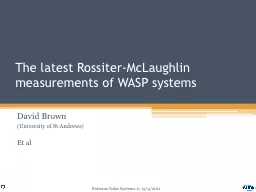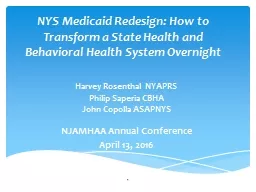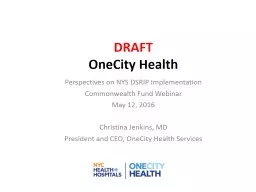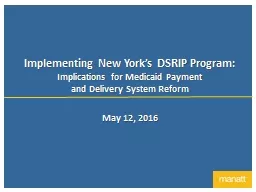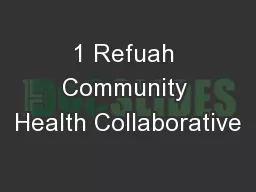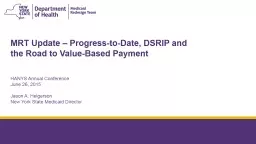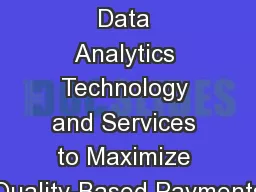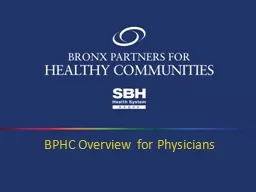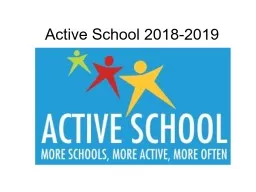PPT-From HARPs to DSRIP to VBP:
Author : conchita-marotz | Published Date : 2018-11-03
Promise or Peril Evolving Strategies for the Delivery and Payment of Mental Services MHA Regional Policy Council February 19 2016 Harvey Rosenthal NYAPRS Executive
Presentation Embed Code
Download Presentation
Download Presentation The PPT/PDF document "From HARPs to DSRIP to VBP:" is the property of its rightful owner. Permission is granted to download and print the materials on this website for personal, non-commercial use only, and to display it on your personal computer provided you do not modify the materials and that you retain all copyright notices contained in the materials. By downloading content from our website, you accept the terms of this agreement.
From HARPs to DSRIP to VBP:: Transcript
Download Rules Of Document
"From HARPs to DSRIP to VBP:"The content belongs to its owner. You may download and print it for personal use, without modification, and keep all copyright notices. By downloading, you agree to these terms.
Related Documents


